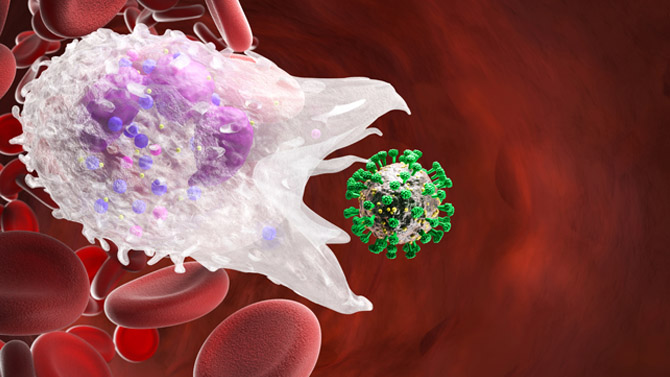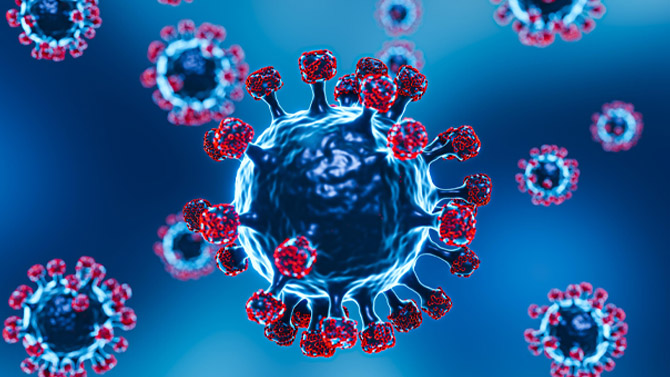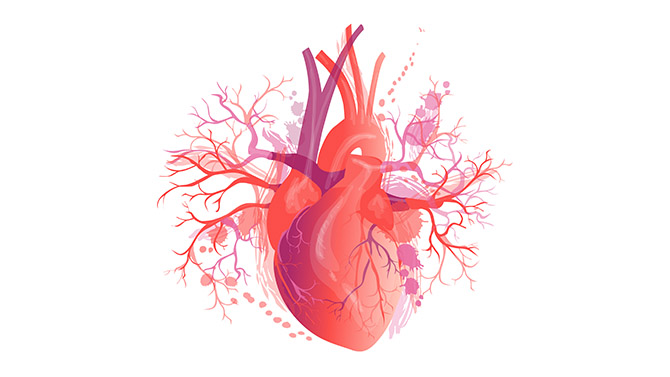1/12/2021 Reflecting upon the influence of current diagnostic imaging radiation protection practices in Sudan, a sampling evaluation is made of administered activity across all five of the nuclear medicine departments in the country. Data were collected in respect of 423 patients, administered nuclide activities showing accord with international levels. For administered activity, four of the five departments use International Atomic Energy Agency (IAEA) Basic Safety Standard protocols, the other adopting UK Administration of Radioactive Substances Advisory Committee (ARSAC) practice. For national nuclear medicine diagnostic purposes overwhelming use is made of 99mTc. Thyroid and parathyroid scans account for 43% of the 423 investigations, while whole body bone and renal scans provide for the imaging needs of the respective 34% and 23% remaining patients. Of the acquired images, in excess of 80% of these were planar. The mean and standard deviation effective dose values were 2.26 ± 0.61, 4.70 ± 0.77 and 1.03 ± 0.29 mSv, for thyroid, bone and dynamic renal scans respectively, comparable with that of previous studies. While department designs are observed to comply with radiation protection regulations, the personal monitoring service is much less satisfactory, data frequently being found to be absent in all five departments. Moreover, only 60% of the medical physicists have been in receipt of regular radiation protection training, while other medical staff within the departments have not benefited from the relevant training at all, including physicians, nurses and nuclear medicine technologists. None have received regular specific medical checks. Accordingly, the Sudanese Nuclear & Radiological Regulatory Authority are now playing a major role in development of nuclear medicine practice and associated safety requirements, seeking accord with the principle of ALARA. Physician/medical physicist cooperation is needed in addressing optimization of radiation dose and image quality, also radiation protection awareness and training, as well as in medical surveillance.
















